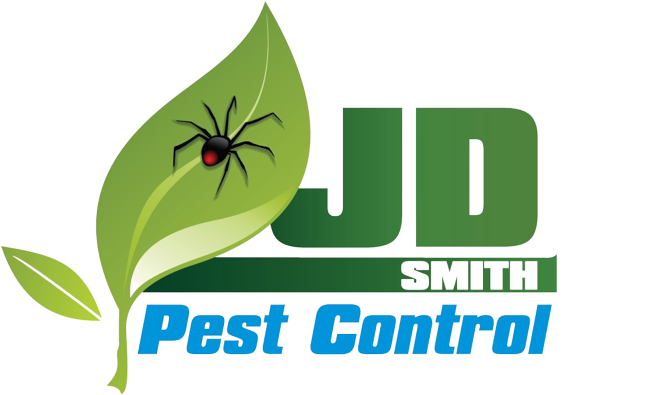JD Smith Pest Control
FAQs
Have a pest control-related question? We have the answer. Check out these FAQs and give us a call today for more information!
What are termites?
Termites are wood-destroying insects. Their presence dates back to the time of dinosaurs. While they play an important role in nature, we've found that they cause $5 billion of property damage each year. If you find evidence of termites, be sure to reach out to JD Smith Termite & Pest Control for quality termite treatment services!
Are there different kinds of termites?
Yes, according to our experts, the three major kinds of termites in the United States are dampwood, drywood, and subterranean. Dampwood termites commonly live in heavily forested areas of the country as they prefer wet wood; while, drywood termites, much rarer in the United States, prefer extremely dry wood. Subterranean termites require moist environments, live mainly in the soil, and are the most destructive species. If you find signs of these termites, be sure to reach out to us for swift termite treatment services!
How do you recognize termites?
Depending on where you live, our experts have found that termite swarms may be visible in the early spring. Termites are often confused with flying ants. Telltale signs of termite infestation include soft wood in the home, mud tubes on the exterior of your home (often near the foundation), and darkening or blistering of wood structures. If you notice these signs, you're not alone, as 84% of homeowners encountered a pest problem in the past year, according to Qmobius, an online marketing resource. Be sure to reach out to Smith Termite & Pest Control for quality termite treatment services!
What can a homeowner do to prevent termites?
There are many steps a homeowner can take to help prevent termites from infesting their property. Most importantly, a homeowner should eliminate or reduce moisture in and around their home, which termites need to thrive. Divert water away from your home's foundation by installing properly functioning downspouts, gutters, and splash blocks. Reduce humidity in crawl spaces with proper ventilation. Trim vines, hedges, and other vegetation to prevent them from blocking vents. Remove old form boards, grade stakes, tree trunks, and roots near a building, as they may attract termites. In addition, we've found that it helps to maintain an 18-inch gap between soil and any wood portions of your home. Finally, routinely inspect the foundation of your home for signs of termite damage. If you find significant damage, it may be time to call on JD Smith Termite & Pest Control for termite treatment services.
How difficult are termites to treat?
Termites cannot be effectively treated by a homeowner on their own. Professional pest control companies have the training, expertise, and technology to eliminate a termite infestation.
Has there really been a resurgence in bedbugs in the U.S. and how do you know?
There has been an increase in bedbug infestations. In fact, we've found that 95% of pest control companies report that their company has encountered a bed bug infestation in the past year. Prior to 2000, only 25% of respondents had encountered a bedbug infestation. In addition, one in five Americans now reports they have had a bedbug infestation or know someone who has encountered bed bugs at home or in a hotel, according to a recent NPMA survey.
Where have you been finding bedbugs?
We've found that these pests aren't limited to any one specific type of dwelling. Pest control companies have been reporting the infestations everywhere, including single-family homes, multi-family housing, apartments, hotels, hospitals, schools and college campuses, office buildings, retail stores, movie theaters, and even public transportation. Nowadays, even five-star hotels and high-end clothing stores are susceptible to infestation.
What is the connection between pests and asthma in children?
Our experts have found that cockroaches are a leading trigger of allergies and asthma attacks. The pests' saliva, droppings, and decomposing bodies contain allergen proteins known to trigger allergies and increase the severity of asthma symptoms, especially in children. That's why it's so important to seek help from professional pest control companies when you find evidence of an infestation.
How can professional pest control help alleviate asthma?
Proper pest control will help to prevent or remove pests that can trigger asthma. Professional pest control companies (often referred to as exterminators) can inspect a home for these pests, eliminate them, and provide homeowners with recommendations to prevent re-infestation.
What are cockroach/mouse allergens?
According to our professionals, allergens include pest frass, or carcasses, feces, and other debris. Not only can these trigger allergic reactions, but they can also harm your health. That's why you should call on reliable pest control companies like JD Smith Termite & Pest Control when you find evidence of an infestation.

Share On: